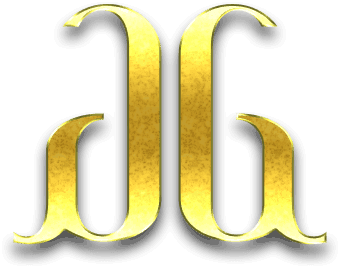Functional Rhinoplasty in Beverly Hills
Septoplasty
The septum (dividing wall of cartilage between the right and left airway of the nose) can be tilted, curved, or fragmented. It is made of both cartilage and bones. These changes can be congenital (from birth and become a problem when the nose is fully grown) or a result of trauma and injury to the nose. Post-traumatic septal deviation and nasal airway obstructions are treated the same way as congenital through a septoplasty. A septoplasty involves straightening of the septum through removal of the most curved portion of the septum. If it is tilted, it can be repositioned and straightened.
A septoplasty can be performed for two purposes: 1) to correct a deviation and breathing problem; and/or 2) to obtain cartilage grafts for either a primary rhinoplasty or revision rhinoplasty. It is usually the preferred first choice location to borrow cartilage for grafts of all types. In revision surgery, the septum may already have been partially removed or injured and may not have enough cartilage to use, and the ear and ribs are the next preferred locations for donor sites.
Turbinectomy
Removal of a portion of the turbinates (see definitions); usually a sliver of the mucosal lining is performed to help open up the nasal airway. The bony part of the turbinate can also be removed but is more commonly micro-fractured to make it smaller and to be moved off to the side and out of the way of the airway (tunnel). It is important to not remove too much, which can result in ENS (empty nose syndrome). ENS can be frustrating, as patients will feel like they are not moving air through the nose even though it is wide open and unobstructed.
Dr. Ghavami’s preference is to perform a turbinoplasty. He reserves “turbinectomy” for repeat situations; and for cases where the turbinates are excessive in size despite performing a turbinoplasty.
Turbinoplasty
Changes are made to the turbinates without removing any portion of them. This usually requires a micro-fracture (“corn-flaking”) of the bony prominence (conchal elements) of the inferior (lowest position and largest) turbinate. In addition, the mucosal lining of the turbinate is shrunken and scarred down through heat, either by a cautery or special turbinate instruments (“intramural coblation or fulguration”). Turbinoplasty may preserve more of the turbinates’ natural function than turbinectomy, but turbinectomy may be beneficial in some circumstances. Dr. Ghavami will determine which is best for your specific situation. A CT scan may be required in addition to an internal nasal evaluation.
Improving your Nasal Breathing
After conservative measures such as nasal saline irrigation and/or steroid sprays have been attempted, you may require surgical treatment. Correcting poor nasal breathing is one of the most rewarding steps you will take in your overall health. Proper breathing starts with open and easy nasal air movement. When the nose is obstructed on one or both sides, numerous health problems can develop or become aggravated. Snoring, headaches, sinusitis, sleeplessness, and poor exercise tolerance can all be a result of improper nasal breathing. Correction can involve a septoplasty, internal and external valve treatment, turbinoplasty, or turbinectomy. Spreader grafts and lateral crural strut grafts may be necessary to strengthen, support, and keep the nasal cavity open while providing subtle cosmetic benefits as well. Dr. Ghavami recalls one of his most rewarding situations in which he performed a rhinoplasty, septoplasty, and turbinoplasty on a patient who was dependent on Afrin spray to breathe and was developing “rebound congestion.” After the surgeries, the patient no longer needed Afrin or any nasal sprays and became an avid yoga instructor. As many of you may know, Yoga requires proper nasal breathing for success and mastery.









